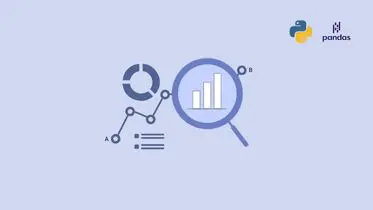Overview
Data analysis is the process of systematically examining and interpreting data in order to draw conclusions, identify patterns, and make decisions. Data analysts work with large and complex datasets, and use a variety of tools and techniques to clean, transform, and aggregate the data. They also use statistical methods to identify patterns, correlations, and trends within the data, and to make predictions about future outcomes. Data analysis is a critical part of data wrangling because it allows us to make sense of large and complex datasets, and to use that information to drive better decision-making. During the data wrangling process, we typically encounter data that requires cleaning, transformation, and aggregation in order to be analyzed. Once the data has been prepared, data analysis helps us to identify trends, correlations, and relationships within the data.
In this course, you will:
- Discuss the importance of data analysis in making informed decisions
- Apply various hypothesis tests to analyze and interpret data
- Evaluate the results of hypothesis tests to draw conclusions about the data
- Analyze the relationships between variables using correlation analysis
Course Contents
1. Hypothesis Test
- What are hypothesis tests?
- Why are they important?
- Performing t-test
- Performing analysis of variance test
- Performing chi-square test
- Performing pearson correlation
- Performing Mann-Whitney U test
- Knowledge check

